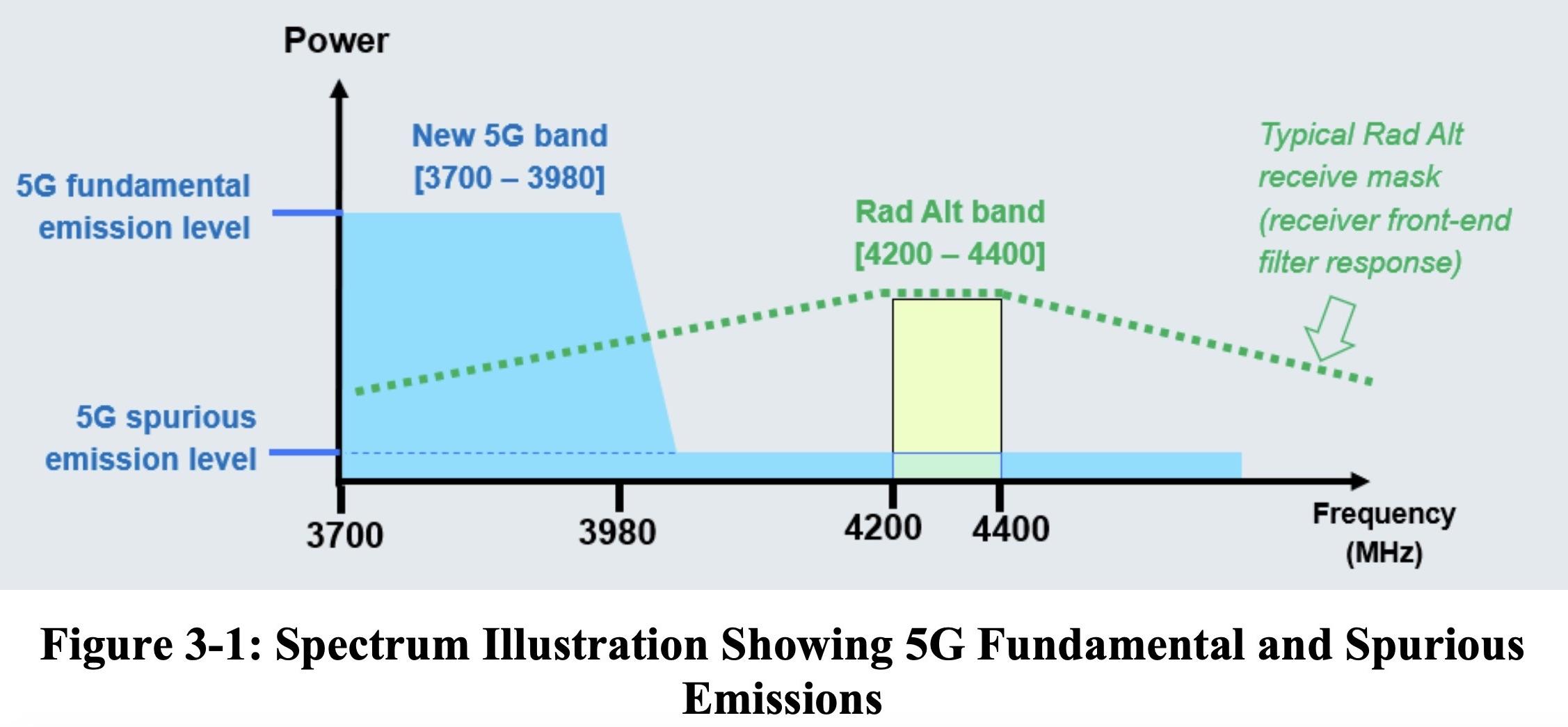
In my last The Crosscheck column, I wrote about 5G and radio altimeters. A lot of pilots are concerned about the 5G problem, so I’ll discus it further.
I flew numerous Cat II and Cat III approaches in my career, including one memorable landing at Los Angeles (LAX) when the visibility was just above 300 ft. The radio altimeter was a very important part of the equipment that made such low-visibility landings possible. If electromagnetic energy sources like 5G cellular transmissions interfere with radio altimeter functioning, the sources will have to be quickly identified and altered or removed as necessary. I don’t think anyone, including the Federal Communications Commission or telecom industry officials, would debate that.
The question I have is what actual real world, flight-based evidence do we have that 5G transmissions interfere with radio altimeters? So far, I have heard of none. Almost 40 countries now have 5G C-Band cellular service. U.S.-based airlines and corporate jets have been flying into these countries since 5G was introduced, and there is no publicly available evidence that any airplane’s radio altimeter has malfunctioned as a result of 5G transmissions.
Unless there is some further evidence I don’t know about, it appears the FAA has based their new policies about 5G largely on the RTCA study of October 2020. Without trying to evaluate the technical merits of that study, it seems to me to be awfully pessimistic. I found the RTCA used the term “catastrophic” 26 times in the 231-page report. It also used the term “worst case” 85 times, but the terms “best case” or “likely case” did not appear at all.
Should we be basing flight operations on worst-case risk management? We don’t do that for any other element of operations. We weigh and balance known risks before flight.
I think this situation can be a great opportunity to benefit from all the safety reporting systems we have. The grandfather of these systems, the Aviation Safety Reporting System (ASRS) is still available. But ASAP and Flight Operations Quality Assurance (FOQA) programs have proliferated and are available to use. The FAA says that as of October 2021 there are 407 ASAP programs, 385 of which are for pilots. While ASAP originally focused on encouraging reports in cases where violations may have occurred, there’s no reason they can’t also be used to report systems problems like radio altimeter anomalies. Of course, a logbook entry is also appropriate for these events.
FOQA programs have increased from 19 in 2010 to 57 today. Although the advisory circular pertaining to FOQA—AC 120-82—does not specifically address radio altimeters, they are a common parameter on flight data recorders and should be available for being flagged in all FOQA and similar flight data management programs. If your FOQA program is not identifying radio altimeter anomalies, or what RTCA calls NCDs (no computed data), now would be a good time to do that.
During the time the 5G-related airworthiness directives and NOTAMs are in effect and 5G transmissions are being made, many aircraft will be flying by cellphone towers, often flying visual or Category 1 ILS approaches. When the radio altimeter data from those aircraft are compared to the location of the towers, any interference should be recorded. It shouldn’t be hard to spot the offending towers.
A potential problem in using FOQA data this way is that it is intended to be aggregated and de-identified. Doing that would strip out vital date, time and location information. Usually FOQA de-identification is done after a short time, typically a week. Operators would have to do the radio altimeter data search promptly.
Another challenge is that FOQA data was originally collected on quick access recording media and only uploaded to a secure computer periodically. Some programs now use datalink to upload the data, and that will better provide the timeliness needed to identify any offending towers quickly.
The FAA has also set up a location on its website that allows you to directly report a radio altimeter anomaly: https://www.faa.gov/air_traffic/nas/radalt_reports/. This form provides the important data fields needed to address a problem quickly. Having date, time, precise location, heading, altitude and a short description of what happened will be important. You probably won’t know the make and model of your radio altimeter, but the FAA should be able to determine that quickly from your N number.
Getting the data on radio altimeter performance quickly will help make an estimate of the real risk of 5G transmissions. Using safety reporting systems to do that will help validate the investment we have made in these programs.
COVID-19, crew shortages, weather and now 5G problems have all combined to stress the aviation system. The sooner we can de-stress it and reduce all the cancellations and delays, the better. We all want to fly safely—but we also want to fly.







Comments